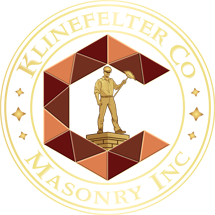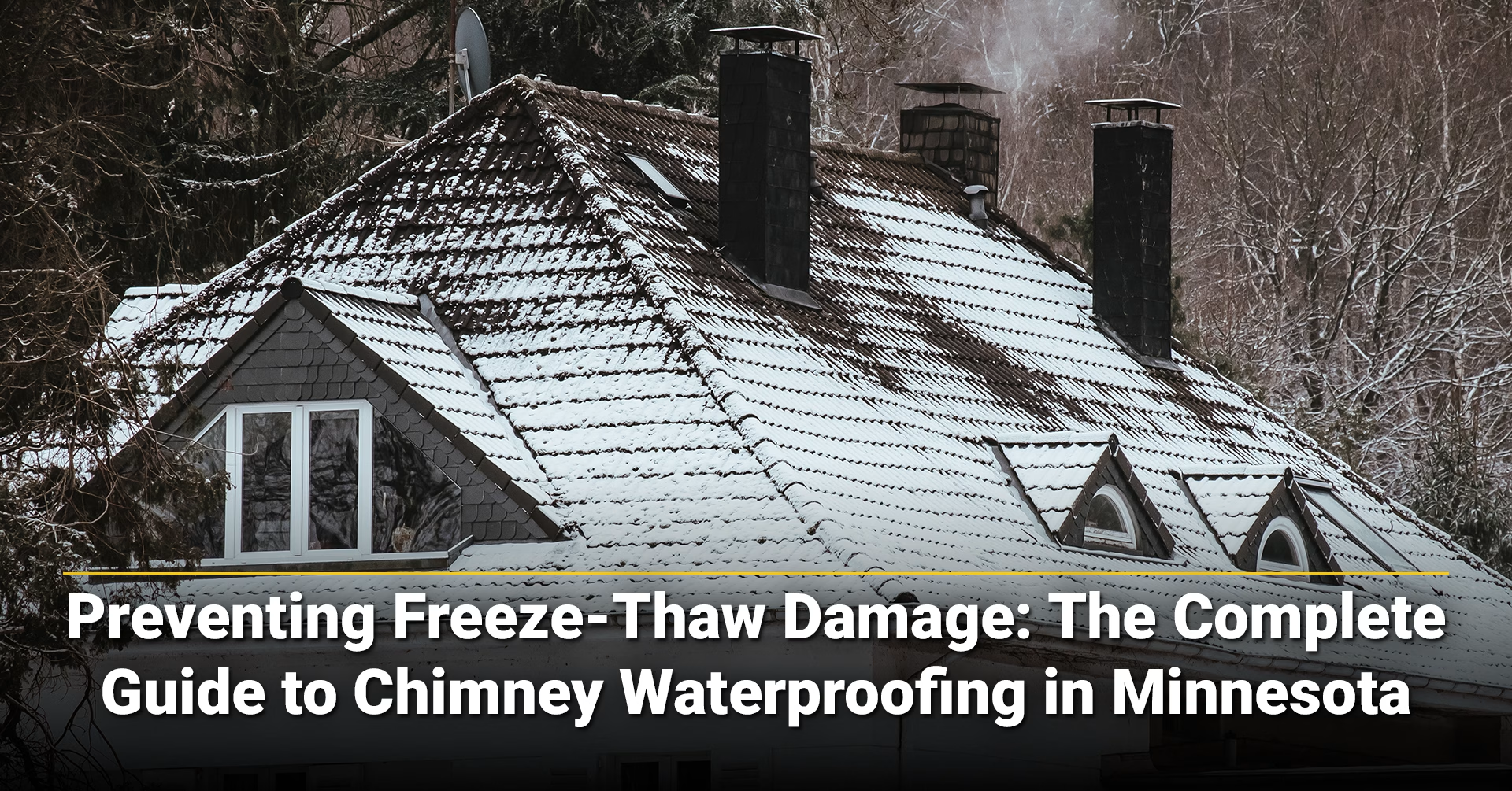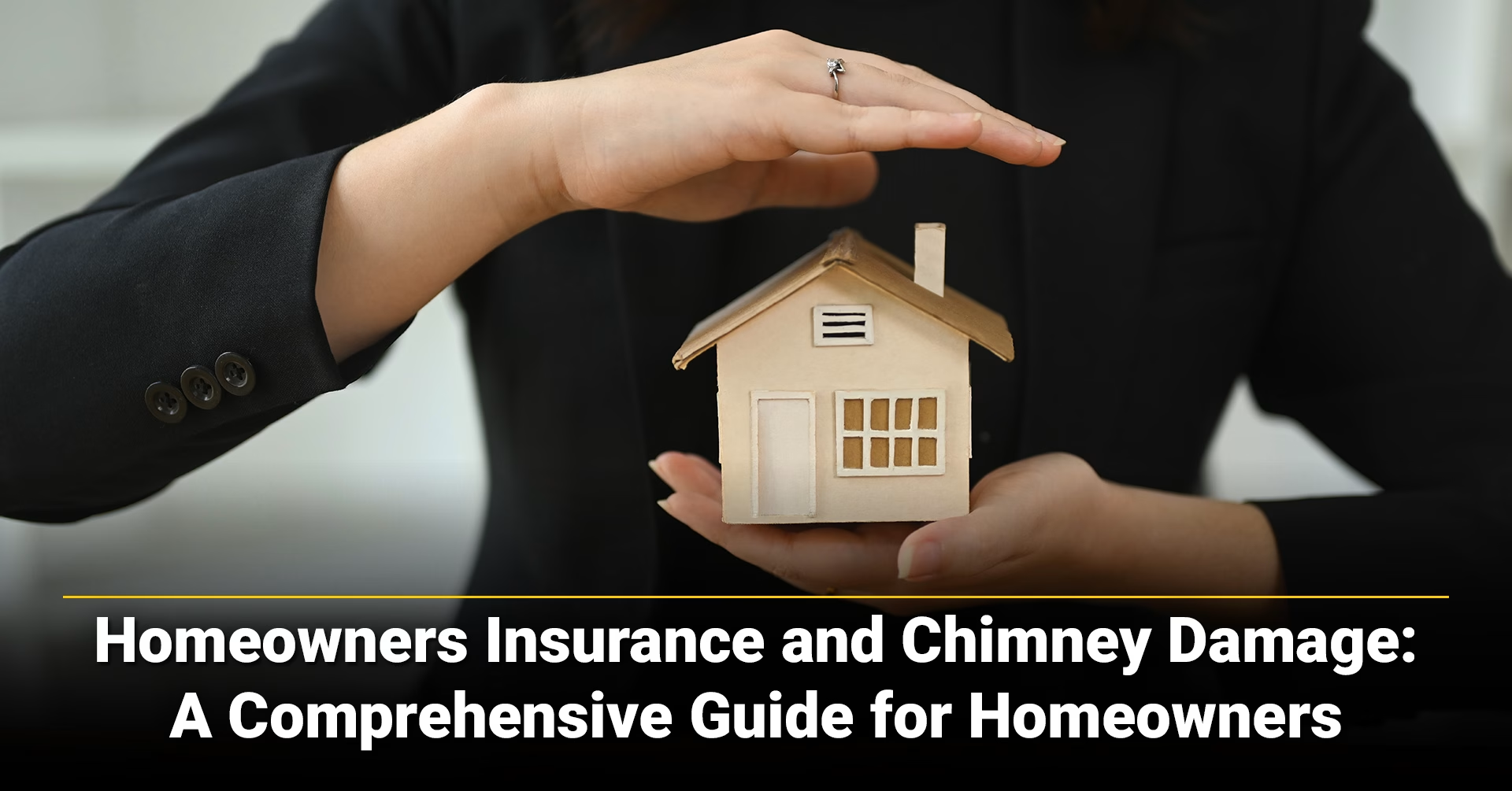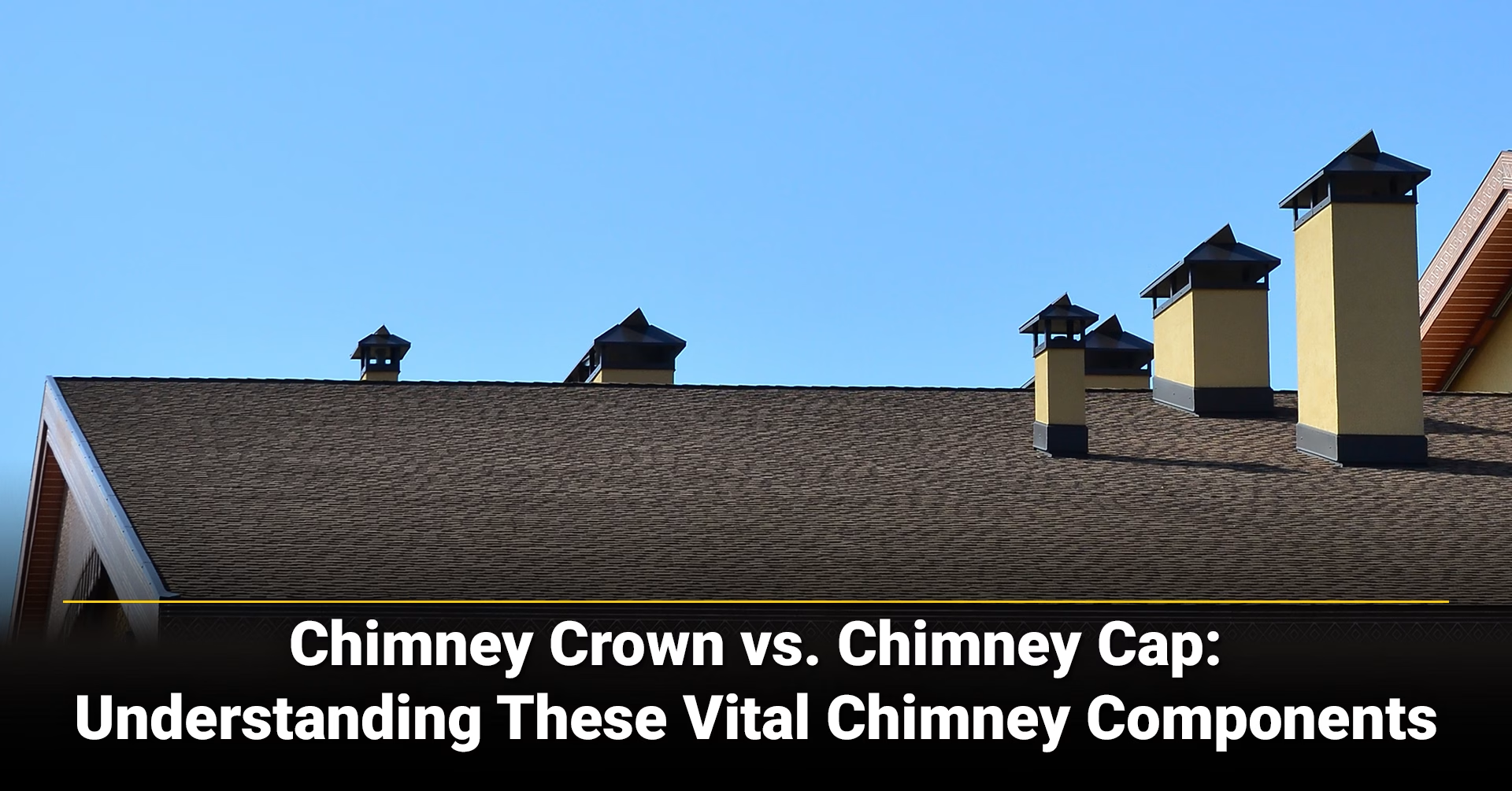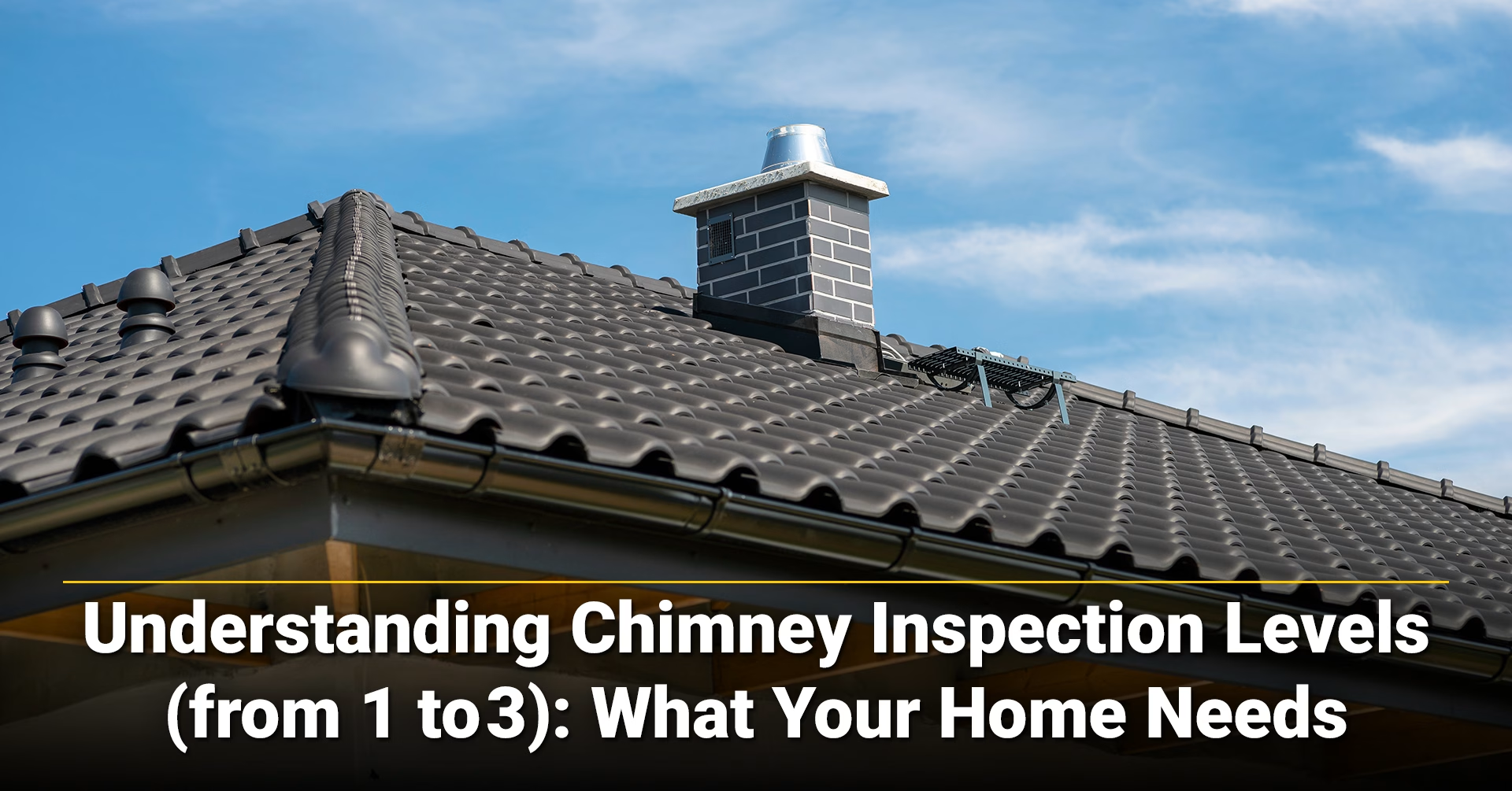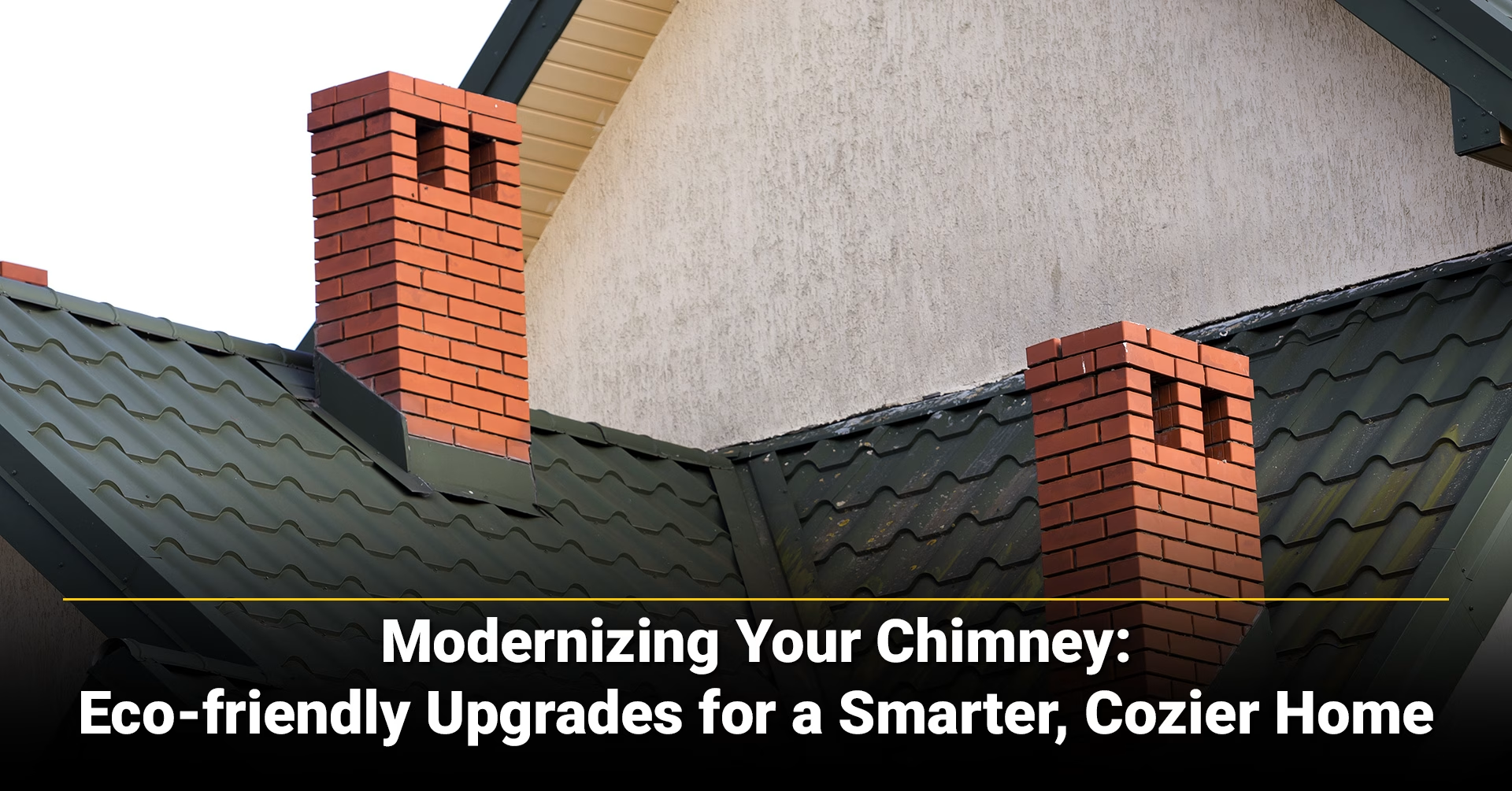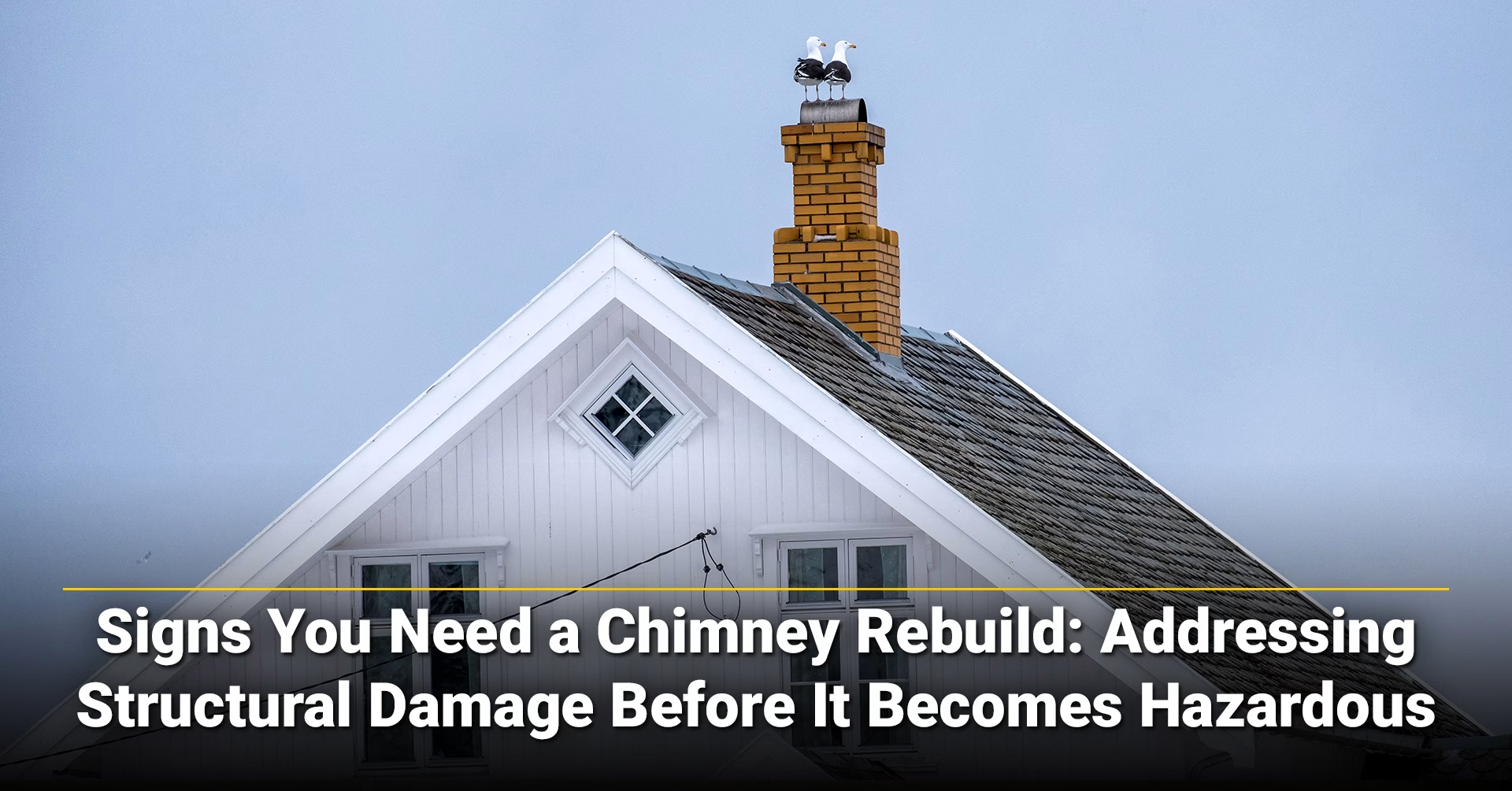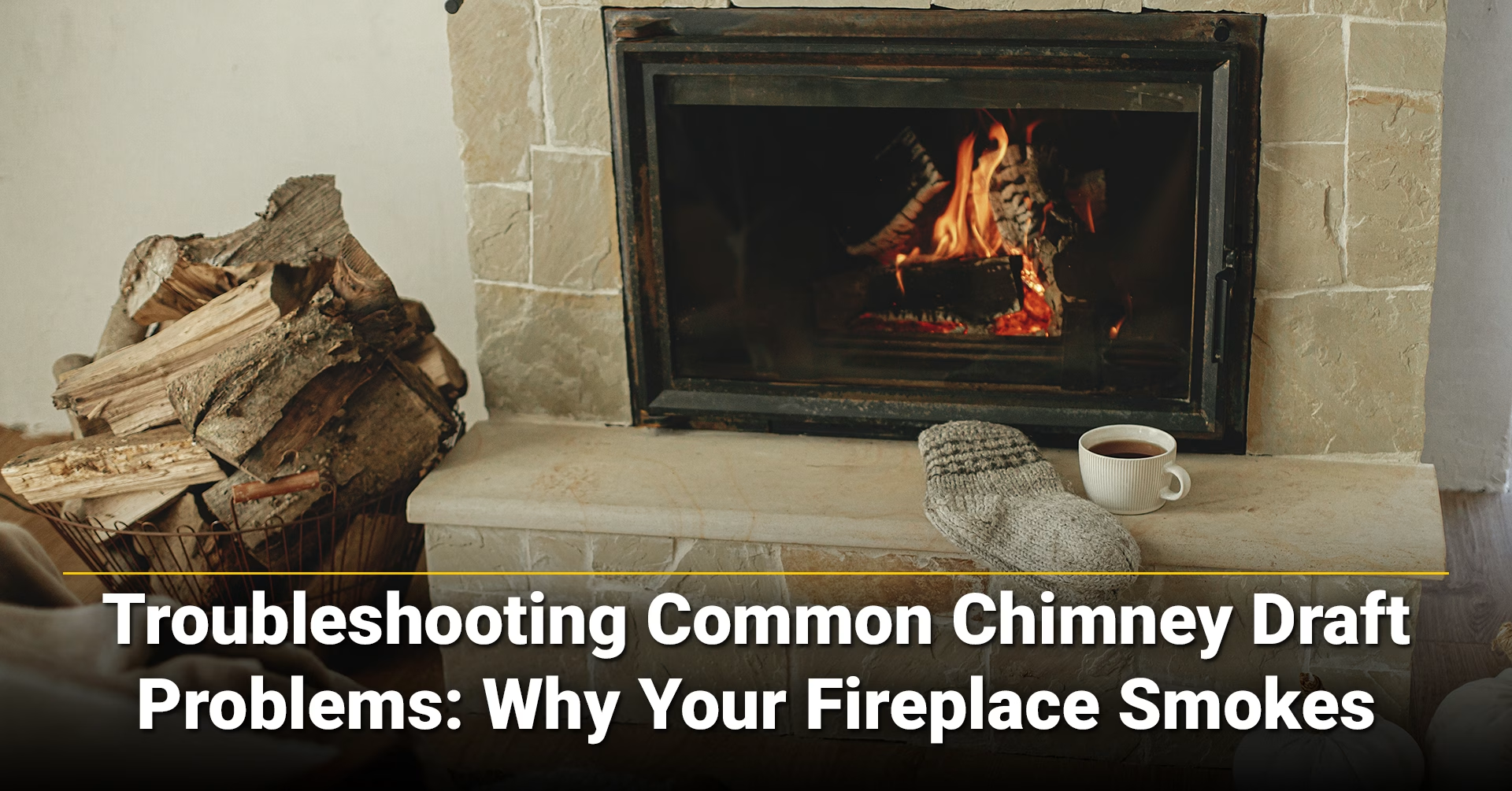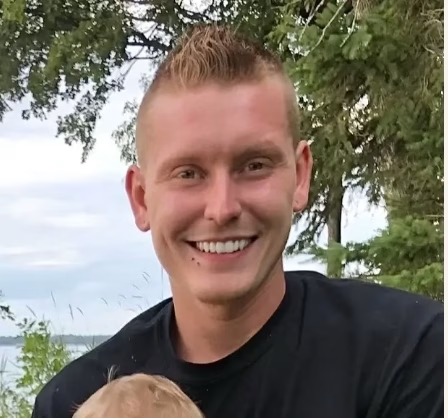Few things are cozier than a crackling fire on a cold Minnesota evening. But when smoke billows into your living room instead of up the flue, its charm quickly disappears. A smoking fireplace means your chimney’s draft—the upward pull that carries smoke and gases outside—is not working properly. Poor draft is not only an annoyance; it exposes those inside to soot, creosote and potentially dangerous gases. This article explains the common causes of smoke problems, offers simple DIY fixes to try and show when it’s time to call a professional.
1. Understanding Chimney Draft
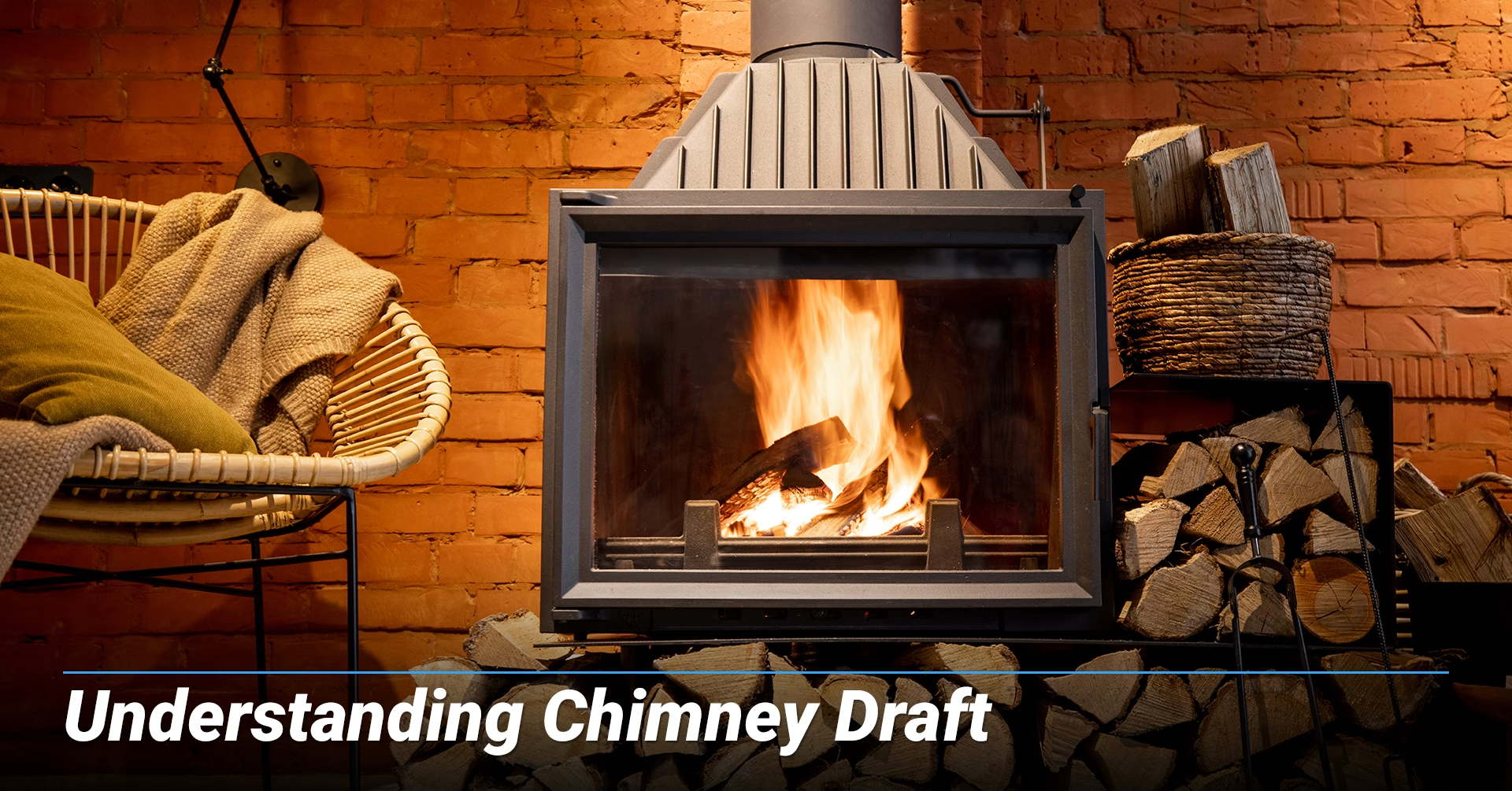
When a fire burns, hot air becomes less dense and rises through the flue, creating a draft pulling smoke and gases upward. For a draft to function well, chimneys must be unobstructed and the home must allow enough fresh air to feed the fire. Anything that narrows the flue, cools the smoke, or restricts air supply can cause smoke to back up.
2. Common Causes of Smoking Fireplaces
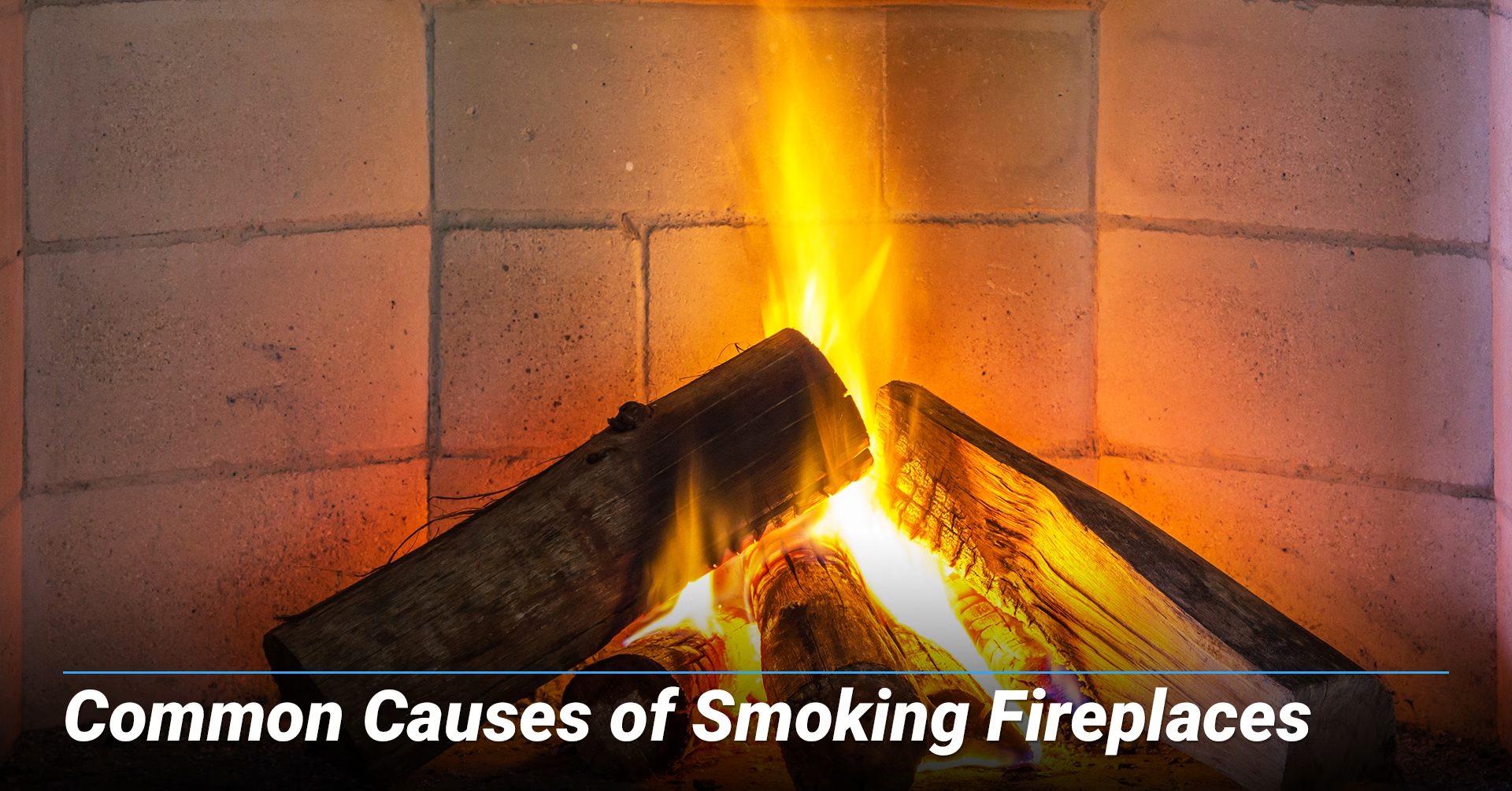
The following problems are responsible for most smoky fireplaces. A table at the end of this section summarizes how to address each issue.
A. Blocked or Dirty Chimney
The most common reason for smoke backing into the house is a blocked chimney. Over time, creosote—a sticky, highly flammable by‑product of burning wood—can coat the flue walls. Leaves, twigs and even animal nests also restrict airflow. These obstructions reduce the flue’s diameter, making it harder for smoke to exit, increasing the risk of chimney fires.
What to do: Schedule a professional cleaning at least once a year. A certified sweep will remove creosote and check for blockages. Between sweeps, keep a chimney cap installed to prevent debris and animals from entering.
B. Poor Draft or Air Pressure Issues
A draft depends on the difference in air pressure between your home and the outdoors. When your home stays airtight—or if exhaust fans, range hoods, clothes dryers, and even HVAC systems are running—there might not be enough incoming air to support the fire. Chimneys that are either too short or wide, a dirty chimney cap, or negative air pressure inside your home can all create a weak draft. Cold air outside can also sink down the flue (a downdraft), especially if the chimney lacks sufficient height.
What to do:
● Let fresh air in. Try opening a nearby window an inch or two. This balances pressure and can dramatically improve draft.
● Check the damper. Make sure the damper (the metal door in the throat of the fireplace) is fully open before lighting the fire.
● Pre‑warm the flue. Roll a newspaper into a tight tube, light one end and hold it up the flue for a minute. Doing so warms the air column, encourages upward flow and prevents back‑puffing when the fire starts.
Check chimney height and cap. A chimney should generally extend at least three feet above the roof and two feet higher than any part of the top of the home within ten feet. A properly sized cap or draft hood can help prevent downdrafts.
C. Burning Wet or Unseasoned Firewood
Wood that hasn’t dried for at least six months has water trapped inside. When burned, damp wood produces cooler smoke and excessive steam, leading to poor draft and more creosote. Unseasoned firewood produces more smoke, less heat and makes it difficult to start a fire.
What to do: Use only seasoned hardwood that has dried for at least six months (longer in humid climates). Split larger logs so they dry quicker, and store firewood off the ground under a cover that allows air to circulate.
D. Damaged Chimney
Cracks in the flue or masonry can allow smoke to seep into your home. A damaged chimney can let smoke escape into the house allowing dangerous carbon monoxide to accumulate. Holes in clay tiles, corroded metal liners or missing mortar joints all disrupt draft.
What to do: If you suspect a cracked liner or crumbling masonry, stop using the fireplace and call a professional. A certified sweep can run a video camera through the flue to find hidden damage.
E. Closed or Partially Closed Damper
Sometimes the problem is as simple as a damper that isn’t fully open. Make sure the damper handle moves freely and opens all the way. If your fireplace has a top‑mounted damper or a modern energy‑saving throat damper, confirm the cable or spring operates properly.
F. Incorrectly Sized Fireplace or Flue
In some older homes the firebox and chimney aren’t sized correctly for each other. If the opening is too large relative to the flue, smoke may spill out instead of going up. A smoke guard (a metal strip that reduces the opening height) can sometimes help. For serious mismatches, consult a chimney professional about resizing the flue or installing an insert.
G. Weather Conditions
Strong winds, heavy rain or extreme cold can affect draft. Gusts blowing directly across the chimney opening can create a downdraft, pushing smoke back down. During extremely cold weather, the flue stays cold leading to dense air potentially blocking rising smoke.
What to do: Avoid burning fires during severe weather. Installing a wind‑reducing cap or extending the chimney height may help in exposed locations.
3. Quick Reference Table: Causes and Solutions
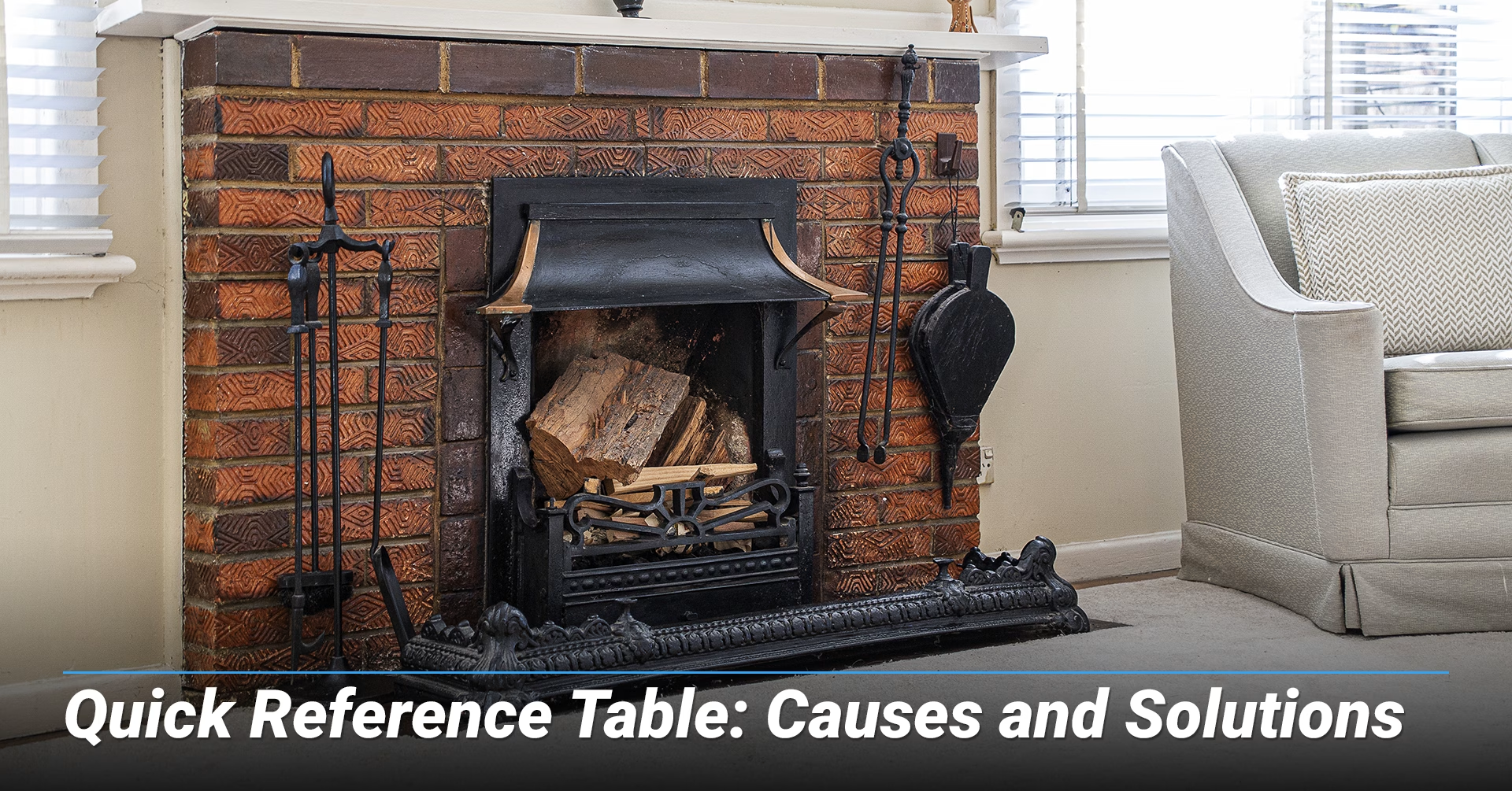
Cause of smoke | Quick DIY fix | When to call a professional |
|---|---|---|
Creosote buildup or debris | Schedule annual cleaning; install a cap to keep out animals and leaves | If creosote is thick, or if you hear scratching/nesting sounds, hire a sweep to clean and remove obstructions. |
Poor draft / negative pressure | Open a window; turn off exhaust fans; ensure damper is open; pre‑warm the flue | If draft problems persist despite these steps, have a professional evaluate chimney height, flue size and cap design. |
Wet firewood | Burn only seasoned wood; use a moisture meter | If you’ve switched to dry wood and smoke still enters the room, other issues may be to blame—call a sweep. |
Damaged chimney | None. Stop using the fireplace immediately | Cracked flue tiles, missing mortar joints or structural damage require prompt professional repair. |
Closed or stuck damper | Check and fully open the damper before lighting a fire | If the damper is rusted or won’t operate, have it repaired or replaced. |
Improper sizing / design | Try a smoke guard; avoid overloading the firebox | Only a professional can resize the flue or install an appropriate insert. |
4. When to Call a Professional
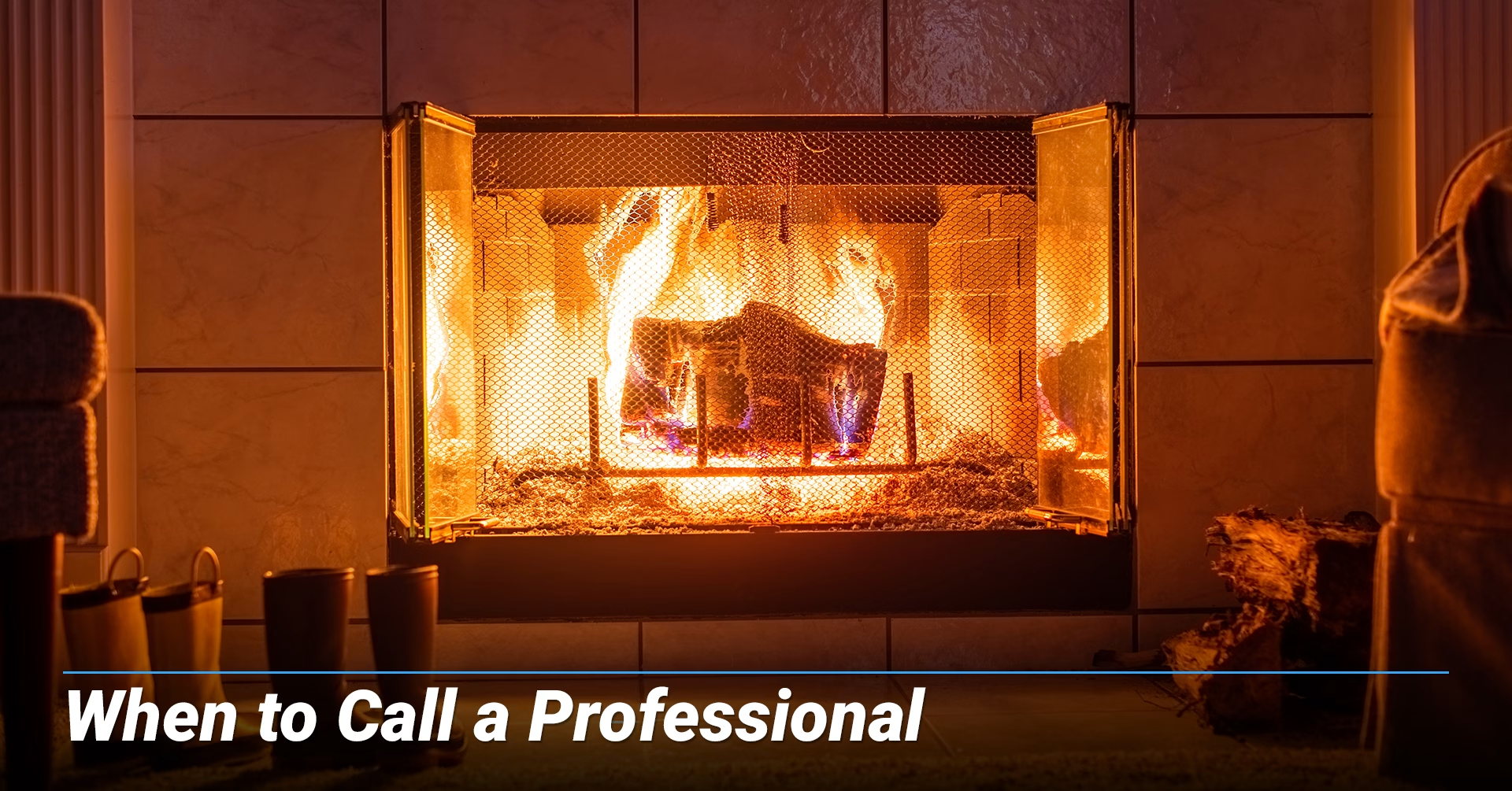
DIY fixes can solve many smoke issues, but some situations require expert help:
● Repeated smoke problems: If smoke returns despite your efforts, a certified sweep can identify hidden causes.
● Signs of damage: Crumbling bricks, efflorescence (white powder), rust stains or a leaning chimney indicate structural issues.
● Unusual odors: Strong creosote smell, damp odors or animal noises should prompt an inspection.
● After a chimney fire: A chimney fire can crack liners and loosen masonry. Even if the fire was brief, have a professional inspect it before using the fireplace again.
Conclusion: Restore the Warmth
A smoky fireplace means your chimney isn’t working as it should. In many cases the fix is simple—clean out creosote, burn dry wood or let in more fresh air. Understanding how draft works and recognising the common causes of smoke helps solve minor problems yourself. For persistent issues or structural damage, hiring a qualified chimney professional ensures your system is safe, efficient and ready for those long Minnesota winters. With proper care, the fireplace can once again be the center of attention providing warmth and comfort without the smoke.
Frequently Asked Questions
1. Why does my fireplace smoke only at the start of the fire?
When the chimney is cold, rising smoke cools and falls back down the flue—a phenomenon sometimes called cold‑flue syndrome. Warming the chimney by lighting a rolled newspaper or small kindling in the fireplace for a minute or two can establish an upward draft before building the main fire.
2. Will increasing chimney height improve draft?
A taller chimney increases the pressure difference between the firebox and the outdoors, generally improving draft. Extending a chimney’s height by a few feet or adding a draft‑enhancing cap can help if the flue is currently below recommended heights.
3. How can I tell if my firewood is properly seasoned?
Seasoned wood feels lighter, shows visible cracks at the ends and makes a hollow sound when knocked together. To be sure, purchase an inexpensive moisture meter—properly seasoned wood contains less than 20 percent moisture.
4. Do glass doors or fireplace inserts reduce smoke problems?
Glass doors and inserts can enhance draft by controlling airflow and allowing the chimney to warm up more quickly. However, if the unit is improperly sized or installed, it may worsen these issues. Consult a professional before adding or replacing an insert.
5. When should I install a chimney draft inducer or fan?
Mechanical draft inducers and chimney fans are designed to pull smoke up the flue when natural draft fails. They should be considered only after having ruled out obstructions, air‑pressure issues and structural problems. Let a chimney professional assess your system before installing one.
